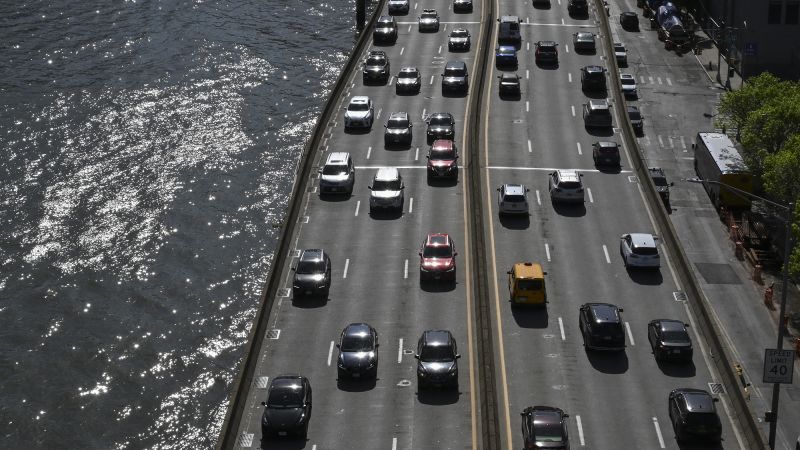As the Fourth of July weekend approaches, many Americans are gearing up for holiday travel. Excitingly, this year, they won’t be met with soaring gas prices. According to GasBuddy, a service that actively tracks fuel prices across the nation, drivers can expect average gas prices to range between $3.10 and $3.15 per gallon. This forecast presents a significant decrease from last year’s average of $3.49 per gallon, marking the most affordable gas during the summer holiday since 2021.
In fact, if the national average dips below $3.12 per gallon, it would represent the lowest gas prices seen during the Fourth of July since 2020 when prices fell sharply due to the impact of the COVID-19 pandemic. Such reduced gas prices have surfaced amidst a backdrop of varied economic conditions in the United States, where consumer spending has faced hurdles, significantly influenced by uncertainties stemming from ongoing global trade tensions.
The recent geopolitical tensions involving Israel and Iran briefly interrupted the decline in gas prices. The combat had raised alarms about potential disturbances in the region’s energy supplies, leading to skyrocketing oil prices, which had the potential to escalate travel costs this holiday. A dramatic spike saw US crude oil prices surge to an intraday high of $79 a barrel. However, following a ceasefire between Israel and Iran, the market stabilized. As of the latest reports, US crude settled around $65.11 per barrel, a substantial drop reflecting the reduced risk of disruptions within the vital straits of Hormuz through which much of the world’s oil supply flows.
Patrick De Haan, GasBuddy’s head of petroleum analysis, noted that the energy market’s fluctuations occurred at an incredibly rapid pace, highlighting the volatility that can arise from international conflicts. Nonetheless, this downward trend in prices offers a welcome reprieve for the anticipated 61.6 million Americans expected to travel by car this Fourth of July, according to the American Automobile Association (AAA). This figure reflects a 2.2% increase—equivalent to about 1.3 million more travelers compared to the previous year.
Moreover, estimates suggest that travelers will spend approximately $500 million less on fuel compared to last Fourth of July, which adds even more positive news for motorists as they plan their holiday excursions. When adjusting for inflation, the current prices look even more appealing when compared to previous years. For instance, gasoline prices averaged $3.68 per gallon in June 2021 and had spiked to $5.43 in June 2022, indicating that today’s figures sit comfortably beneath those peaks.
Interestingly, certain states report particularly lower gas prices this summer, with Ohio seeing prices 56 cents cheaper than last year, followed by Florida (down 43 cents), Kentucky (42 cents), and Michigan (also down 42 cents), as highlighted by AAA. However, the ever-present risk of sudden price hikes remains. Such increases could happen quickly due to fresh geopolitical conflicts, unexpected outages in US refineries, or disruptions in supply chains caused by hurricanes.
Nevertheless, analysts project that the outlook for gas prices remains generally favorable through the remainder of the summer. The easing tensions between Israel and Iran and OPEC’s proactive measures to increase supply, paired with consistent high levels of US oil production, contribute to a positive setting for consumers. GasBuddy suggests that prices could potentially dip below the $3 mark per gallon nationally by Labor Day weekend, which would be quite a boon for those hitting the road.
In summary, the forthcoming Fourth of July weekend offers a unique combination of inexpensive gas prices and increased travel. De Haan remarked that there is limited capacity for gas prices to exceed last summer’s levels, hinting that for travelers, now might just be the perfect time to embark on a journey.










